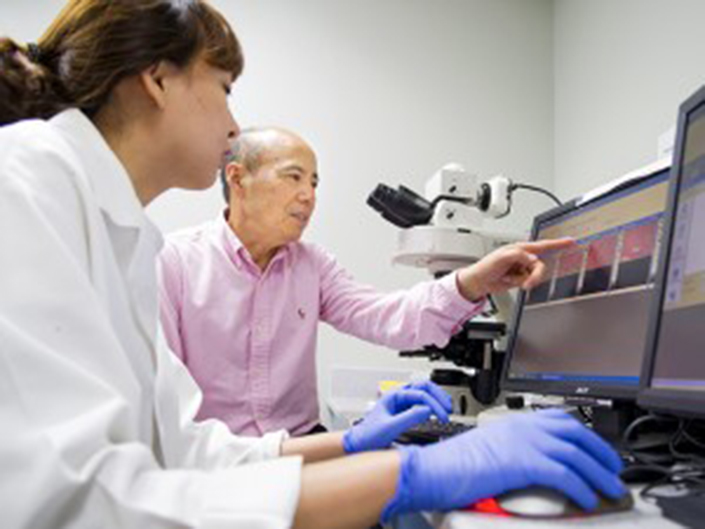To grow a tooth in lab, researchers must study how the root is formed

Image: Texas A&M Health Science Center
The ability to grow a new, living tooth from scratch could be within reach. But first researchers must learn how to grow the cells needed to generate the root, which anchors the tooth below the gum line.
“With tooth regeneration, the problem is not in the crown, it’s in the root,” says Jerry Feng, a professor of biomedical sciences at the Texas A&M University Baylor College of Dentistry. “You can easily make a crown, but you can’t easily make a root.”
That’s because formation of the tooth root, composed of dentin, is different than in the crown, which forms prior to the root and is composed of dentin and enamel. The biology is more complex than what we used to believe.”
Starting in July, a $1.8 million grant from the National Institutes of Health – National Institute of Dental and Craniofacial Research will allow Feng and his researchers to further study the mechanisms involved in root formation, which are not well understood.
While a “bio-tooth” could provide an alternative to dental implants and restorations for problems ranging from dental trauma to periodontal disease, Feng explains that these potential uses won’t come to fruition immediately. “To regenerate the whole tooth, we have a long way to go — likely years,” Feng says.
Feng’s team is focusing on the role of osterix, a gene vital in skeletal formation, but still a mystery in terms of its function in tooth biology. Preliminary studies in mouse models have already shown that a lack of osterix causes the root to become stunted, thin and even fractured. This signals the need for its presence in root formation.

